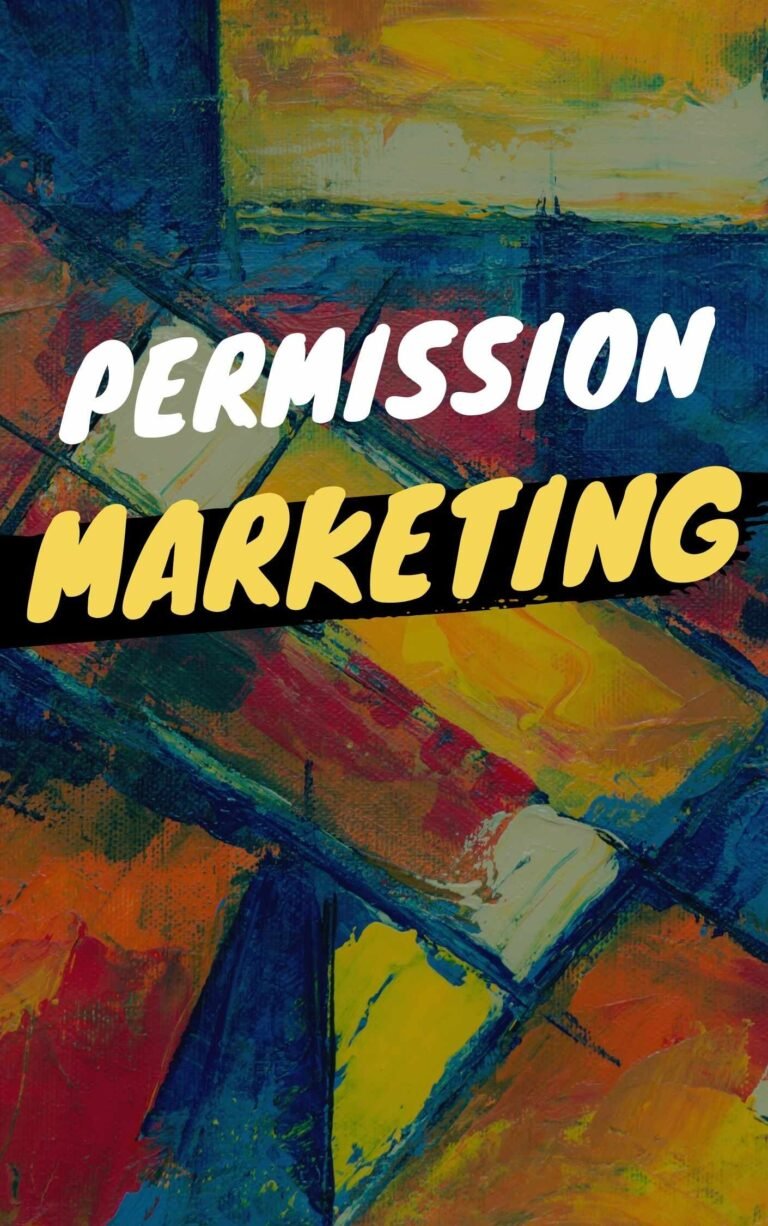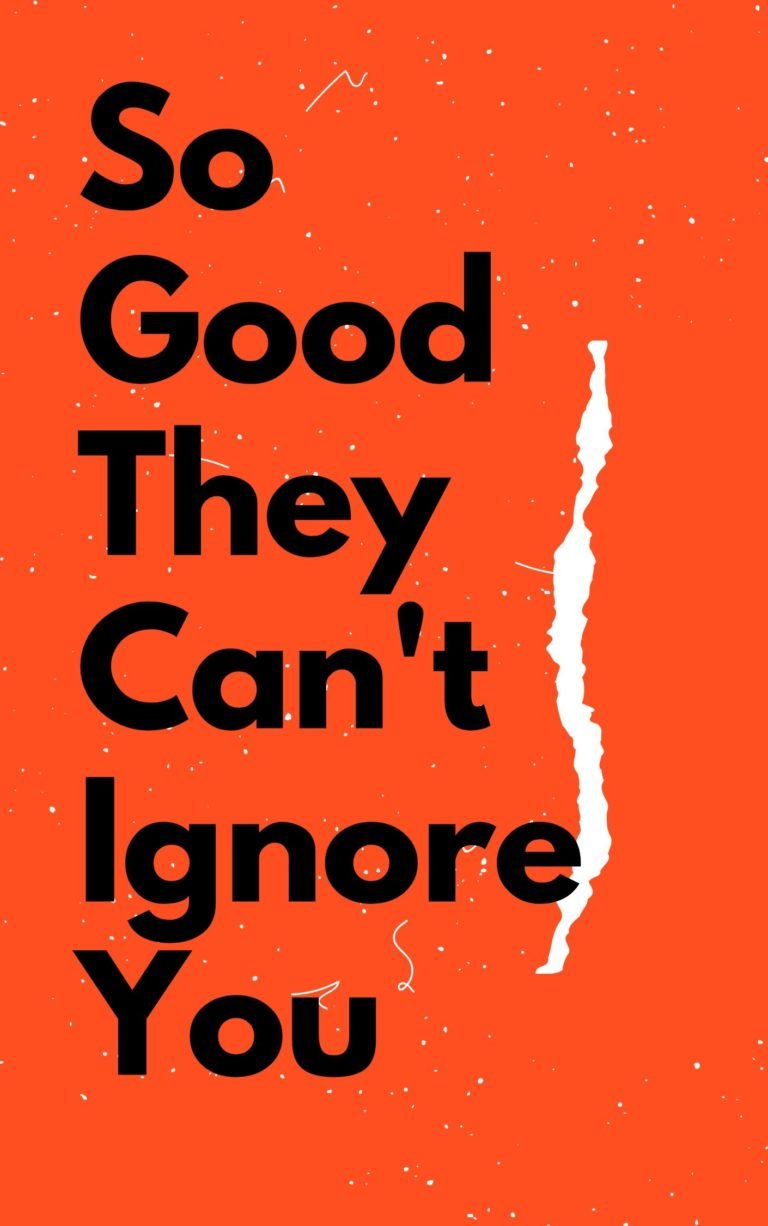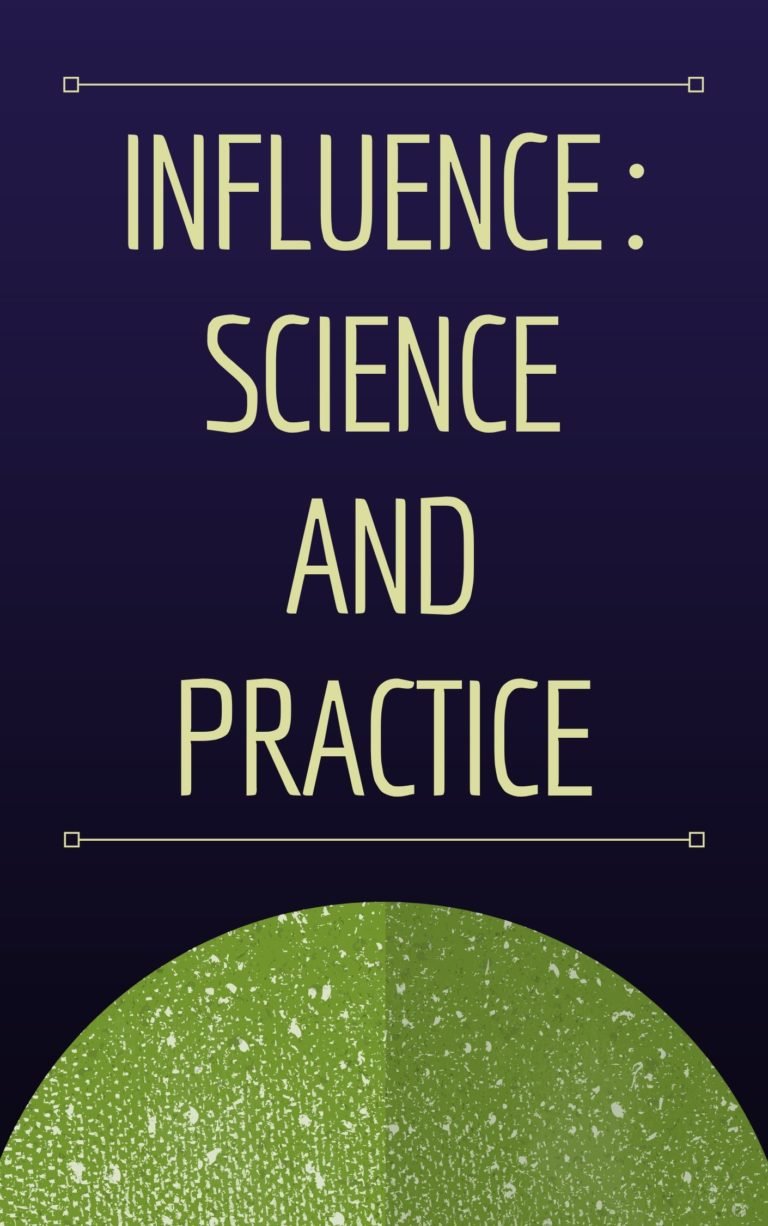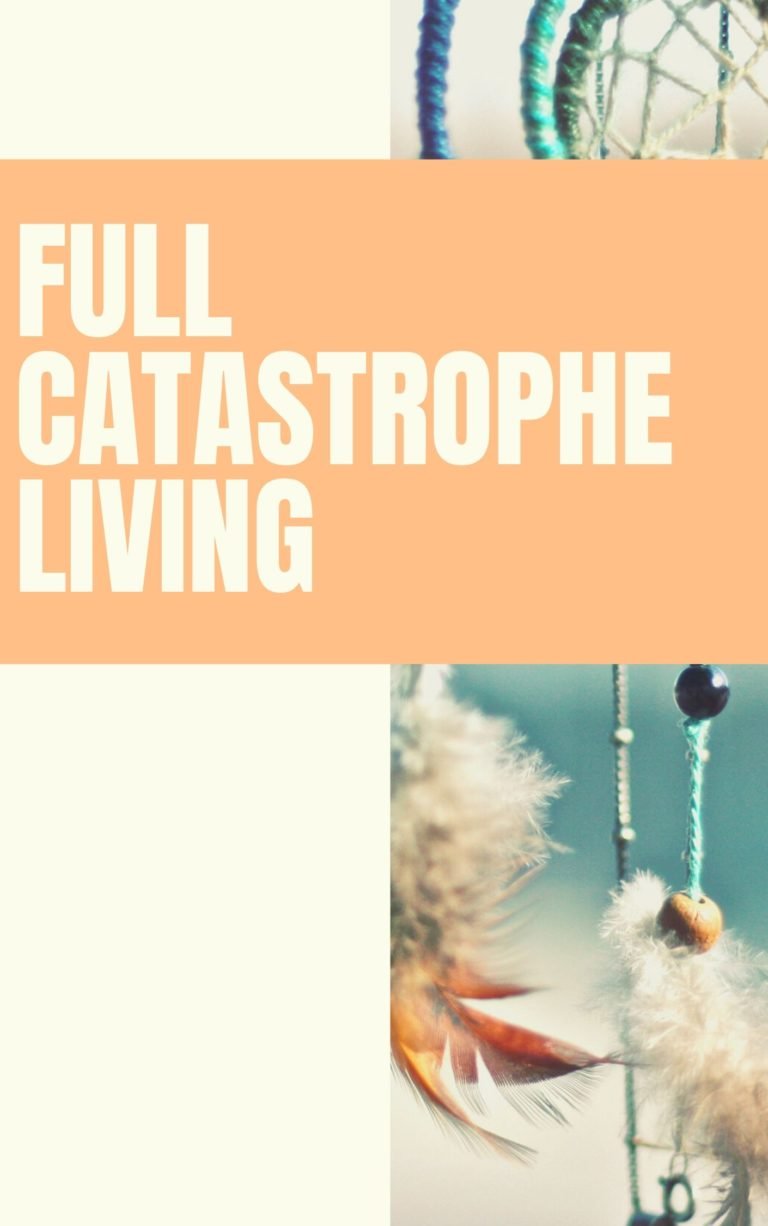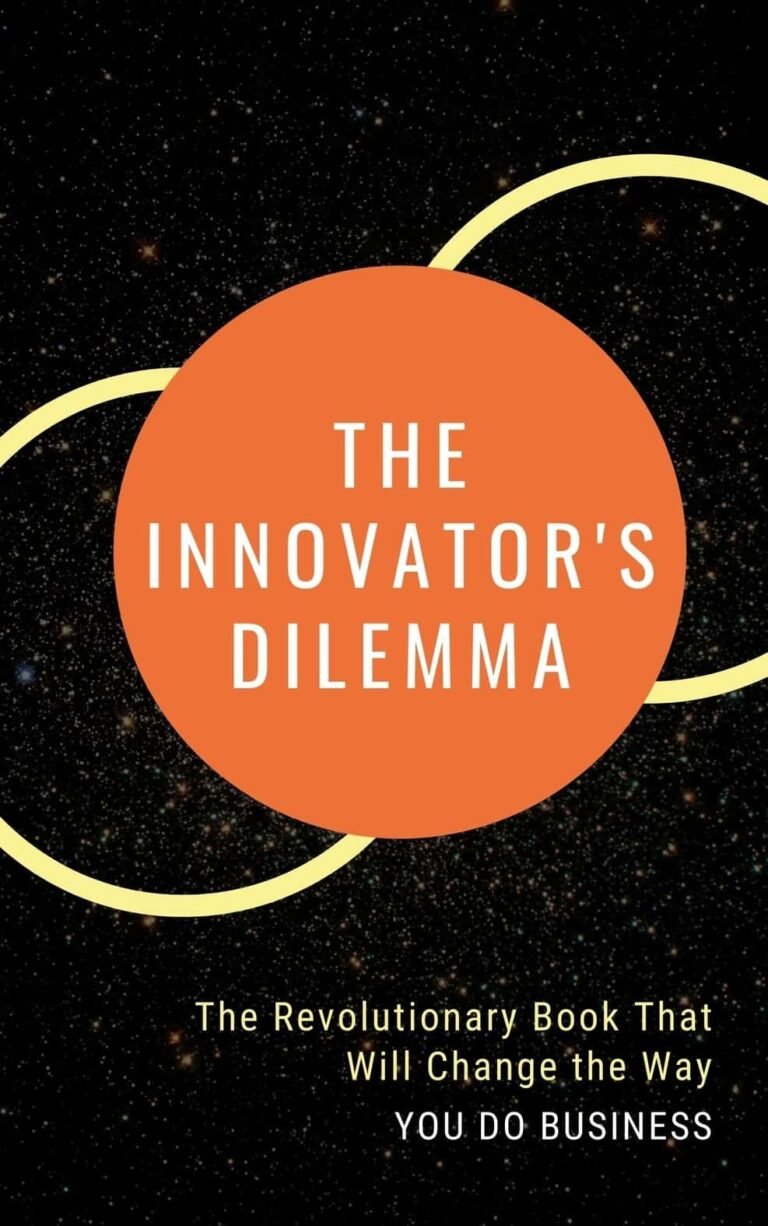How to Do Nothing
Resisting the Attention Economy
Jenny Odell
Rating: 7.8
“Approachable and incisive. . . . The book is clearly the work of a socially conscious artist and writer who considers careful attention to the rich variety of the world an antidote to the addictive products and platforms that technology provides. . . . Odell sails with capable ease between the Scylla and Charybdis of subjectivity and arid theory with the relatable humanity of her vision.”
-Nicholas Cannariato, The Washington Post
Contents
The usefulness of the useless
Is the beginning of how to do nothing.
Odell suggests that one way to resist today’s constant call to action or improvement is to realize that uselessness can be a survival technique. For example, she says, the East Bay Hills of San Francisco had old-growth redwood trees that became fodder for loggers. One warped, 93-foot tree was too small and twisted to be valuable. The author attributes its survival to being useless to loggers.
Odell harkens back to Zhuang Zhou, a fourth-century Chinese philosopher, who espoused the usefulness of the useless to highlight the irrationality of society. Someone who was good and humble, he held, would appear backward in a world that required people to seek fame and ambition. Seeking productivity is often an excuse for devastating the environment, including the self.
The attention economy isolates people
The author strongly believes that the increase in time that people spend online means less time for in-person interaction or for enjoying the natural world. The attention economy cultivates private, corporate social spaces. It alienates people from the environment, and, subsequently, the ability to care for or about it. Odell regards public parks as a space of resistance. They provide, she argues, room for people to gather, without corporate oversight or data collection. People don’t need technology to connect.
In 2015, artist Scott Polach gathered an audience to watch the sunset at Cabrillo National Monument in San Diego. The author explains that his installation Applause Encouraged was one of many artistic attempts to shift attention away from the rat race of work and productivity. Doing nothing, Odell notes, requires severing your ties to the attention economy and cultivating an interest in other things.
A constant sense of worry and the need to improve yourself underlies the functionality of the attention economy, Odell asserts with concern. This pressure keeps people afraid of the world. Endless bad news stories make today seem worse than any other time. Odell recommends gaining historical perspective and inspiring your imagination so that it grows beyond these cultivated fears.
The internet didn’t have to be an alienating platform. Odell recounts that, in the early 1970s, three dropouts from the University of California placed a public, computerized bulletin-board system in Leopold’s Records in Berkeley, California. They put the computerized system, called the Community Memory, beneath the physical bulletin board to encourage people to use the alternate system. The terminal let people post and find notices.
The Community Memory’s purpose was to help create new connections among people. Though it began as a mechanism for buying and selling things, Odell narrates how the terminal grew to become a place where poets shared unexpected poems, artists presented their work and people asked for rides. It reflected its members by being a physical part of their community. Odell points out that because social media sites don’t reflect their users’ environments, users become disassociated.
Quitting isn’t the solution
Many people quit Facebook for social and political reasons. Odell refers to research by scholar Laura Portwood-Stacer that indicates that those who leave Facebook aren’t making the political impact they believe they are. People still using Facebook may believe that the quitters chose not to interact with them any longer. Others interpret it as a “holier-than-thou internet asceticism.” Quitting social media, Odell suggests, is a choice only those with a certain level of social capital can make. Many people have jobs and other responsibilities that do not permit them to reject social media. However, “If you can afford to pay a different kind of attention,” the author writes, “you should.”
Being fed up with technology and the world leads many people to want to escape. They seek to create utopias with others who wish to reject the current reality. Odell reminds the reader that 1960s communes exemplify why that doesn’t work.
She lists the issues that communes fomented. Away from cities and jobs, commune members had to recreate social systems. Many fell back on traditional roles, including gender imbalances. Others discovered they still needed money to purchase items they couldn’t grow. Financial inequality required sharing financial resources, which led to defensiveness and resentment. The members of these communes struggled to define the relationship between the individual and the group, an inherently political situation.
Odell perceptively determines that nonauthoritarian political situations call for people who are willing to agree. Walden Two, by the behavioral scientist B.F. Skinner, became the model for some communes. The author relates how Woody Ransom adopted this idea after his first commune, Bryn Athyn, didn’t work the way he wanted.
He developed Rock Bottom Farm, a community dedicated to work and the manipulative possibilities of behavioral science that sprang from Skinner’s ideas. The author explains that the novel presents a group of 1,000 people who live in harmony because they had training from an early age in doing the things that were best for them, as decided by the community’s planners. These planners are anonymous, but in the story, they know best and guide the community members to want what the planners show them. Everything is “better designed and more efficient.” However, being socialized since childhood makes the members of the community predictable. No one ever complains, Odell contends, because they’re trained to like their situation.
Design is often a problem
The term “persuasive design” means design that encourages addictive responses to technology. Odell tells the story of Stanford University student Devangi Vivrekar who designed a system for her master’s thesis that revealed the persuasive design elements embedded into Facebook. Vivrekar details how red notification badges and alerts create a sense of urgency and obligation, cultivating a curiosity to see what is happening. The number of alerts triggers the feeling of a to-do list and the need to eliminate the chaos stemming from a lack of response.
As a countering impulse, Odell illuminates the Time Well Spent initiative, which a trio of former Facebook and Google employees developed to raise awareness of the addictive design of technology. Organizations that work to diminish access to addictive technologies want simply to remove them. However, Odell cautions, they continue to encourage a set of neoliberal ideals that everyone should be a productive member of society and use his or her time for self-improvement.
Legal restrictions on persuasive design are one solution. Cultivating your own attention is another. Rather than presuming that attention must skid from one thing to the next, Odell promises that harnessing your attention will enable you to reassert your identity and manage your own mind.
Sometimes, the author finds, a better design isn’t the solution: No design is. The Japanese farmer Masanobu Fukuoka wrote The One-Straw Revolution about his form of “do-nothing farming.” Most farmers grow rice by flooding fields in the spring and sowing the rice then. Rather than trying to cultivate rice, Odell tells how Fukuoka used the existing relationships already present in the landscape. He spread seeds in the fall and used clover as a fertilizer. His approach didn’t demand machines, chemicals or more physical labor. It did require attention. Odell depicts how he had to watch the process and take the next step when the land was ready. His farm became more productive than others because he didn’t strip the soil, and his technique allowed him to plant in difficult spots like rocky outcrops. The author finds and uncovers metaphor in Fukuoka’s method: by removing design and letting rice grow as it does, his farm blossomed.
People need time to repair, and to miss out sometimes
Doing nothing, Odell reasons, is a chance to recover from today’s pervasive onslaught of information and socializing. People need time to reflect on their experiences and desires. Instead of succumbing to the widespread “fear of missing out” (FOMO), the author urges you to recognize the occasional necessity of missing out. Odell alludes to feminist writer and intellectual Audre Lorde, who wrote about the need for self-care, claiming it was “self-preservation” and “an act of political warfare.” Instead of thinking about self-care as requiring luxury skin care products, Odell counsels regarding it as an opportunity to pull away from the social and personal demands of the world in order to be with yourself.
Bioregionalism is a way of listening and increasing sensitivity
Environmentalist Peter Berg described bioregionalism in the 1970s. Odell clarifies that bioregionalism doesn’t focus only on land. It has a cultural aspect since its attention to habitat restoration and permaculture farming alters human behaviors and organization. Listening means offering your attention to another land, animal or human. Being in silence lets you discover how much is already present. Silence isn’t empty. It reveals the plethora of existing sounds. Odell regards it as a means of becoming present.“Context is what appears,” the author writes, “when you hold your attention open for long enough.”
Cultivating a sensitivity to the world, the author insists, requires doing less and listening more. However, today’s culture focuses on connection. Odell notices that in information theory, connectivity confirms that two things are compatible. Information circulates among “compatible units.” Being connected doesn’t involve managing information between the parties. Connectivity simply makes them share. Odell waxes poetic as she describes sensitivity as being about two incompatible shapes finding ways to engage in an encounter. People connect over commonly shared interests. They learn to be sensitive by having conversations that engage different points of view. The goal isn’t to convince others to be more like you, Odell confirms, but simply to hear alternate positions.
This kind of listening and sensitivity, the author realized, also widens awareness. By offering attention to your local area or to the person in front of you, you will begin to notice more and more. Context broadens the longer you pay attention.
How you live matters
Odell finds little happiness among today’s driven students. She regards them as workaholics because they fear their outcomes in and out of school. Sleep deprivation is common among college students. It’s even worse for students who also have to work. Anxiety about the future makes it difficult to attend to anything except the drive to work more. Working students don’t have time for themselves, let alone each other. The author emphasizes how they fight to push themselves harder in a university’s intense competitive environment, and they often push each other away.
Social media propose friendships that develop from instrumental qualities like similar purchases or common interests. In contrast, Odell affirms, meeting people in a neighborhood fosters a sense of rootedness and caring for those with whom you have no other affiliation. The filter bubble encourages more of what you already like. Being in the world encourages you to discover and navigate the unknown, producing new strengths and unexpected friendships. The author is adamant: who you are comes from your relationships.
An identity, she reasons, doesn’t arise in isolation. It emerges from the experience of working with and around others. This means that people grow and change. Their identities aren’t fixed and permanent, Odell stresses. Instead, they are bound to those people and things they decide to give their attention.
A Different Perspective
Visual artist and Stanford University lecturer Jenny Odell manifests a contrary sensibility to the universe of business books and Silicon Valley-style workaholism. She dares to suggest that quiet calm and a reduction in ambition can save your spirit and your soul. Odell, of course, did not achieve her position or renown by staying at home and doing nothing. She does not advocate for passivity. Instead, she hopes to provide perspective and to remind readers that their souls matter as much as their bank accounts. And those souls, she repeatedly reminds the reader, are in jeopardy from too much online stimulation and not enough in-person connection to nature, other people and the acknowledged passing of time. Odell calls on myriad, idiosyncratic examples from history, the arts, academe and alternative lifestyles. These examples, and Odell’s witty, light tone, are welcome, fascinating and illuminating.


